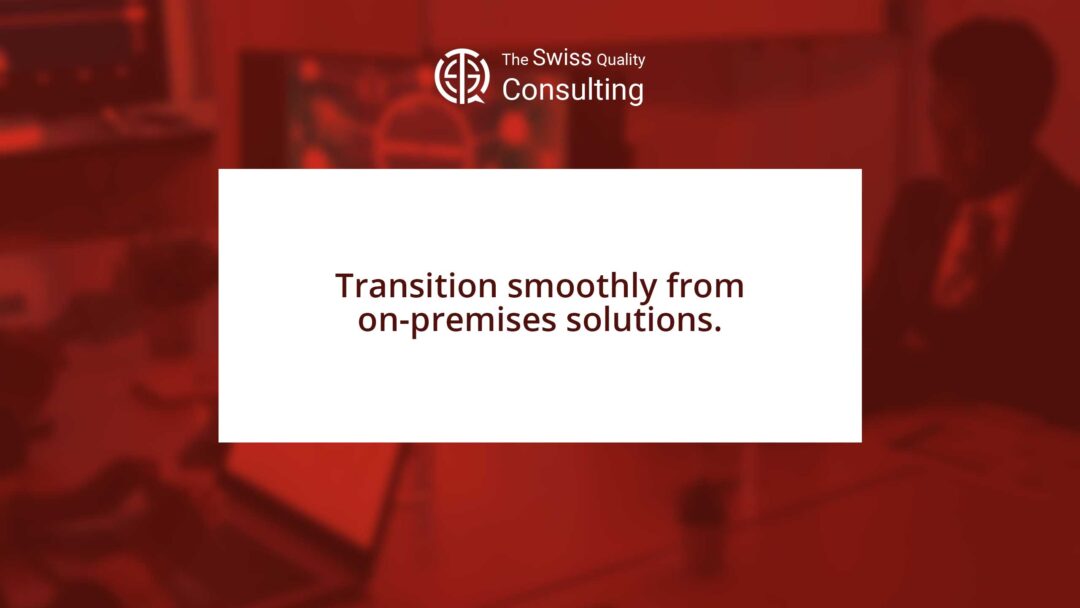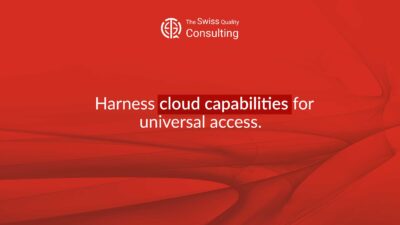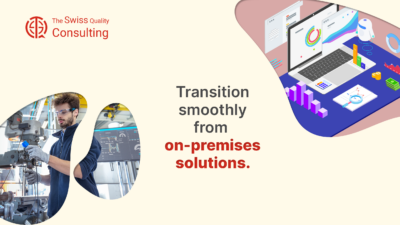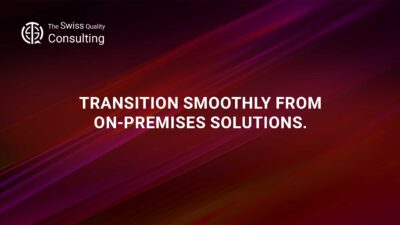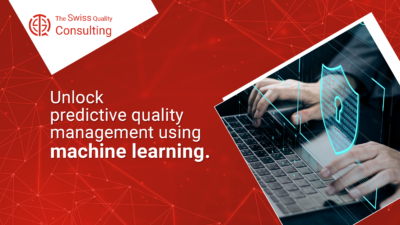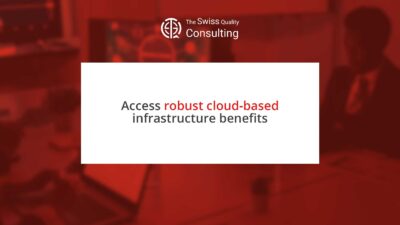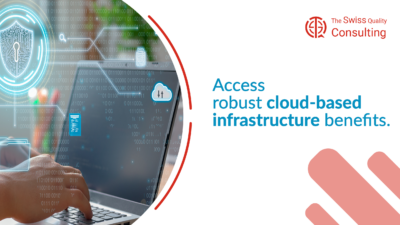Embracing Digital Transformation in Business Operations by Transitioning Smoothly from On-Premises Solutions
Introduction
In today’s rapidly evolving business landscape, transitioning smoothly from on-premises solutions is critical for organizations looking to stay competitive and agile. This article aims to guide business executives, mid-level managers, and entrepreneurs through the complexities and strategic considerations of moving from traditional on-premises infrastructure to more dynamic and scalable solutions.
The Need for Transitioning from On-Premises Solutions
The shift from on-premises to cloud-based or hybrid environments represents a pivotal transformation for any business, driven by the relentless pursuit of operational agility, scalability, and efficiency. This paradigm shift marks a departure from the traditional model of maintaining IT infrastructure in-house, embracing the power and flexibility of cloud-based solutions.
Traditional on-premises environments often become a hindrance to business growth, burdened by the limitations of physical infrastructure, resource constraints, and the complexities of IT management. The transition to cloud-based or hybrid models liberates businesses from these constraints, enabling them to harness the benefits of scalability, flexibility, and cost-effectiveness.
Cloud-based solutions offer businesses unparalleled scalability, allowing them to seamlessly scale up or down their IT resources in response to fluctuating business needs. This flexibility is particularly crucial for businesses operating in dynamic and unpredictable market conditions. Hybrid environments provide a more nuanced approach, combining the on-premises capabilities with the scalability and flexibility of cloud services.
Cloud-based solutions also eliminate the need for businesses to invest in and maintain physical data centers, reducing capital expenditures and operational overhead. This shift translates into lower IT costs and a more streamlined IT infrastructure management.
Moreover, cloud-based solutions provide enhanced security, as they leverage advanced data encryption, access controls, and threat detection mechanisms. These robust security measures help businesses safeguard their sensitive data and mitigate the risk of cyberattacks.
In essence, the migration to cloud-based or hybrid environments represents a strategic imperative for businesses seeking to thrive in an increasingly competitive and dynamic global market. By embracing cloud-based technologies, businesses can enhance their operational agility, scalability, and efficiency, unlocking new opportunities for growth and innovation.
Advantages of Modern Business Infrastructure
Moving away from on-premises solutions allows businesses to leverage advanced technologies, reduce operational costs, and enhance overall performance.
Role in Change Management
The transition from on-premises solutions requires effective change management to address the technological, cultural, and operational changes involved. It involves strategic planning, stakeholder engagement, and careful execution.
Strategies for Effective Implementation
Implementing a successful transition strategy requires a comprehensive understanding of the business’s current and future needs, along with tailored solutions that address these requirements.
Impact on Executive Coaching and Leadership
Leadership plays a crucial role in guiding the transition from on-premises solutions. Executive coaching services focus on equipping leaders with the skills to manage this digital transformation, including decision-making, innovation, and change leadership.
Leading with Vision and Agility
Executive coaching prepares leaders to navigate the challenges of transitioning from on-premises solutions, fostering a culture of innovation and adaptability within the organization.
Effective Communication in Transition Processes
Clear and effective communication is essential for the smooth transition from on-premises infrastructure. It ensures all team members are aligned with the transition goals and understand the new processes.
Aligning Teams with Transition Goals
Effective communication fosters a collaborative environment, where teams are fully engaged and supportive of the transition process, ensuring a unified approach to the new infrastructure.
Generative AI in Enhancing Transition Strategies
Generative Artificial Intelligence (AI) can play a significant role in optimizing transition strategies from on-premises solutions. AI algorithms can analyze system requirements, predict potential challenges, and offer solutions for a smoother transition.
Leveraging AI for Efficient System Migration
Generative AI offers innovative solutions for system migration, ensuring businesses can transition efficiently and with minimal disruption to their operations.
Conclusion
In conclusion, transitioning smoothly from on-premises solutions is crucial for businesses seeking to modernize their operations and embrace digital transformation. By strategically planning this transition and leveraging technologies like AI, businesses can ensure a seamless shift to more efficient and scalable infrastructures, positioning themselves for future success.
#DigitalTransformation, #OnPremisesToCloud, #BusinessAgility, #AIInnovation, #ChangeManagement

